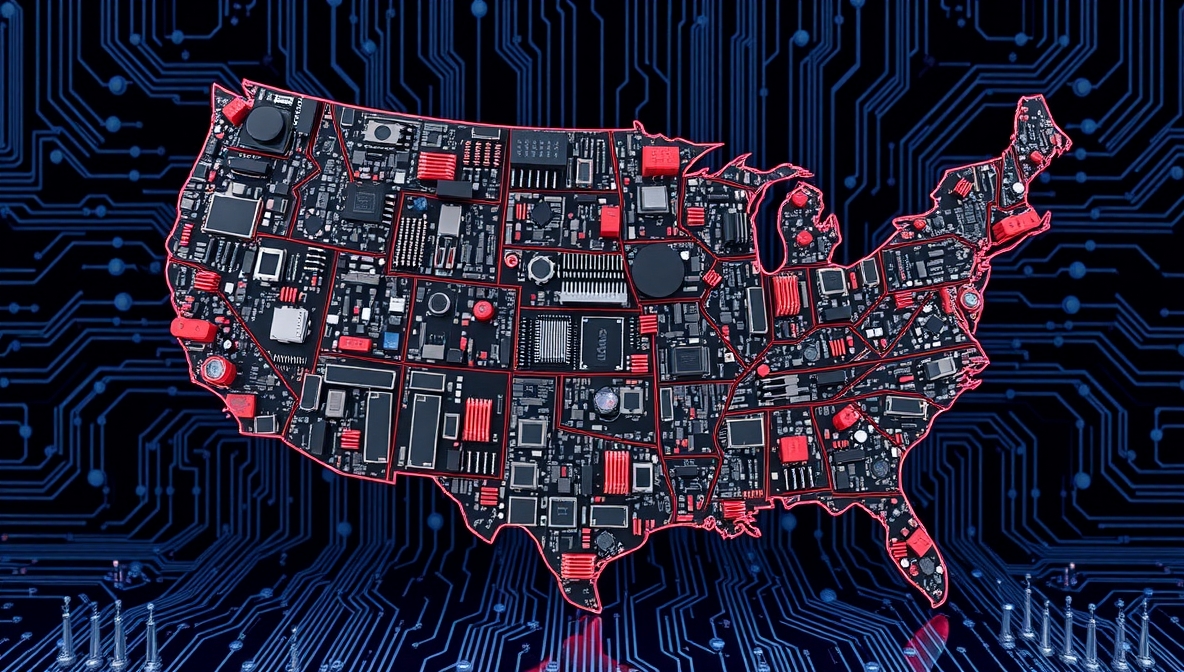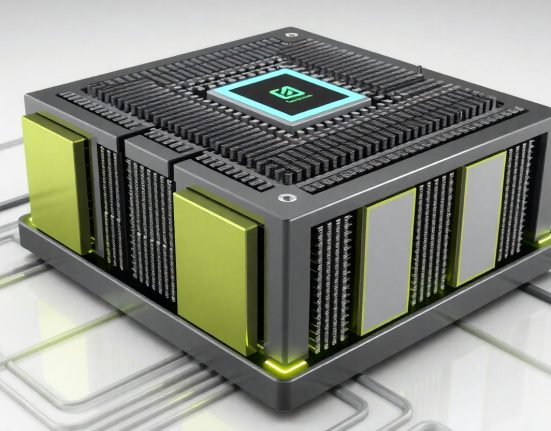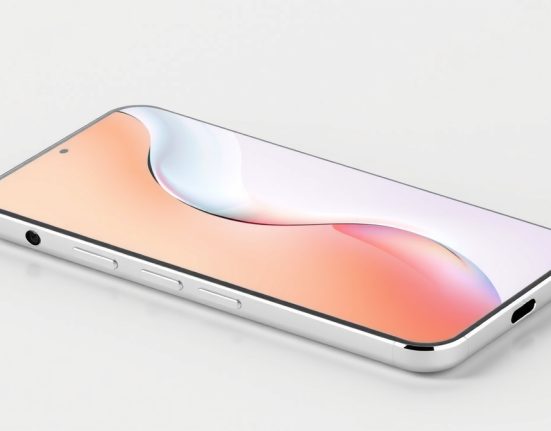United States President Donald Trump is once again changing direction in trade policy – announcing that a wide range of electronic products, including smartphones, computers, monitors, chips, and memory components, will be excluded from the high tariffs recently imposed on imports from China and other countries. The decision will apply retroactively from April 5 and will even cover goods that have already been released from port.
The exemption comes just days after the President imposed a new 125% import tariff on products from China – in addition to the existing 20%. Without this exemption, the American electronics market could have suffered a severe shock, with sharp price increases on popular devices – such as iPhones, laptops, and computer monitors. For example, the price of the OnePlus Watch 3, which was supposed to be $330, jumped to $499 due to uncertainty on the issue.
According to the US Customs and Border Protection (CBP), the exemption will apply to approximately 20 product groups – including desktop and laptop computers, storage drives, data processing systems, chip components, memory, and displays. This move significantly eases pressure on large technology companies like Apple, Dell, and Microsoft, whose manufacturing operations are partially or entirely based in China.
However, the “bring manufacturing home” policy remains in place. White House spokesperson Caroline Levitt emphasized that President Trump continues to pressure American companies to move production lines back to US territory. According to Levitt, Apple, NVIDIA, and Taiwanese chip manufacturer TSMC are already advancing the establishment of new factories in the United States, in accordance with this policy. Nevertheless, experts emphasize that transferring advanced technological manufacturing to the US involves significant economic and operational challenges – especially in the short term.
The decision on tariff exemptions is part of a broader administration move to balance the “America First” policy with the need to maintain market stability. Data from the US Department of Commerce shows that in 2023, electronics imports from China to the US totaled approximately $125 billion, accounting for about 22% of all US imports from China.
The exemption of electronics products will save American consumers about $18 billion annually, according to estimates by the Consumer Technology Association (CTA). The association also published research showing that previous tariffs imposed on Chinese products cost American consumers approximately $32 billion between 2018 and 2021.
It should be noted that during Trump’s first term (2017-2021), he also exempted tariffs on iPhone devices and other popular electronics products, despite the extensive “trade war” he waged against China. The US Department of Commerce announced that the current exemption will continue at least until the end of 2025, during which time the policy will be reviewed according to progress in local manufacturing initiatives.
In response to the move, the Chinese government announced that it welcomes the decision but still demands the complete removal of all tariffs imposed since 2018. Chinese Commerce Ministry spokesman Li Kwang said in an official statement that “trade wars do not produce winners” and called for renewed dialogue between the superpowers.
A recent study published by the Peterson Institute for International Economics found that moving 10% of electronic production lines from China to the US would require an investment of at least $350 billion in facilities and technologies and would take at least 5-7 years. Furthermore, production costs are expected to be 25-40% higher than in China.














